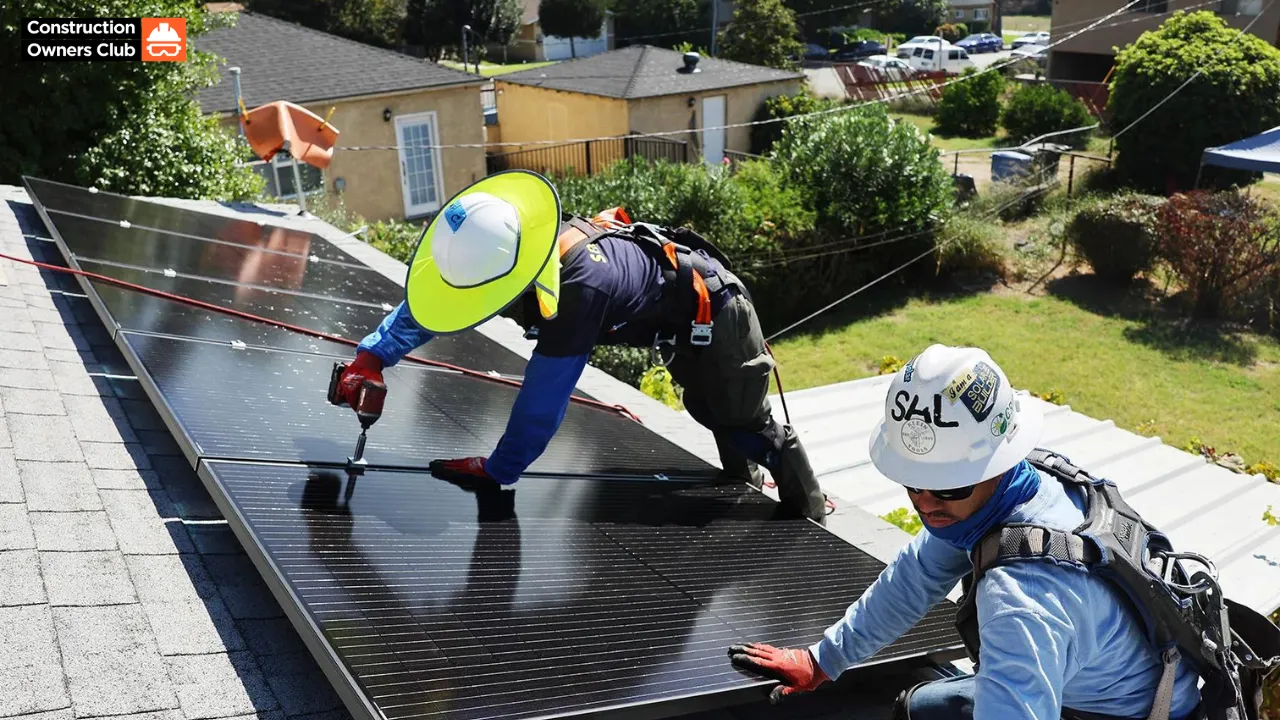
The Inflation Reduction Act (IRA) has the potential to create over 3.9 million jobs in the clean energy sector, according to a new report.
The report, released by the Climate Jobs National Resource Center, found that 6,285 clean energy projects are eligible for IRA incentives tied to labor standards. These standards include hiring registered apprentices and paying prevailing wages.
Meeting these standards can help developers maximize their IRA benefits and boost pay and job quality for clean energy workers. The report also highlights the importance of labor unions in implementing the IRA and ensuring that projects are completed on time and within budget.
Texas leads the way in terms of job creation potential, with over 1.2 million jobs expected to be created. Nevada is the runner-up, followed by California and Michigan.
Battery projects offer the most job creation potential, followed by standalone solar. However, the clean energy industry has been facing labor shortages, which could hinder its ability to meet the job creation goals set by the IRA.
So, what can be done to ensure that the IRA's full potential is realized? It's a question that policymakers and industry leaders will need to grapple with in the coming years.